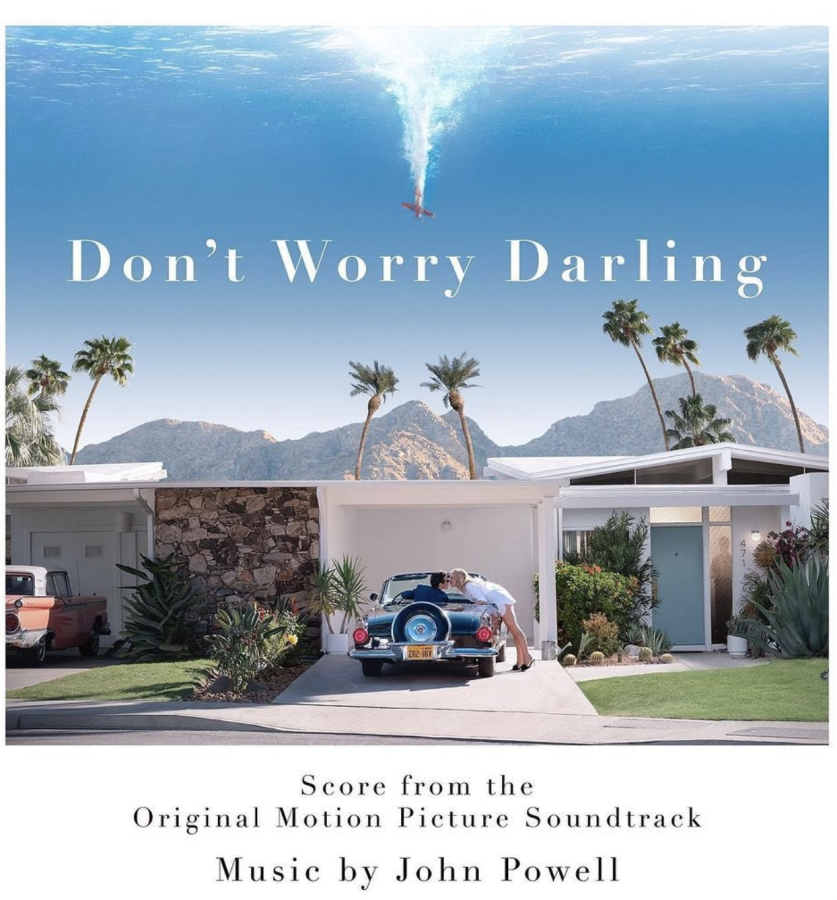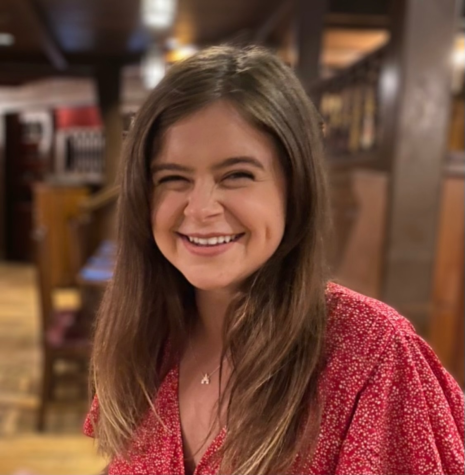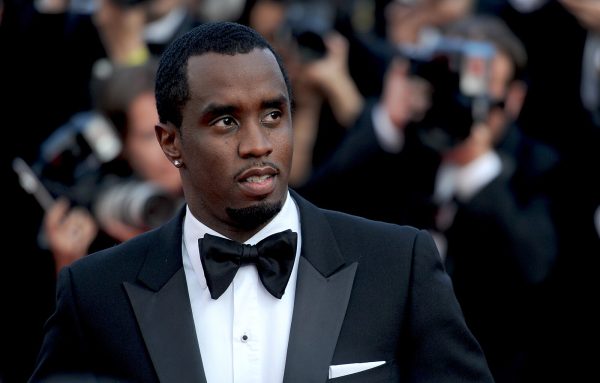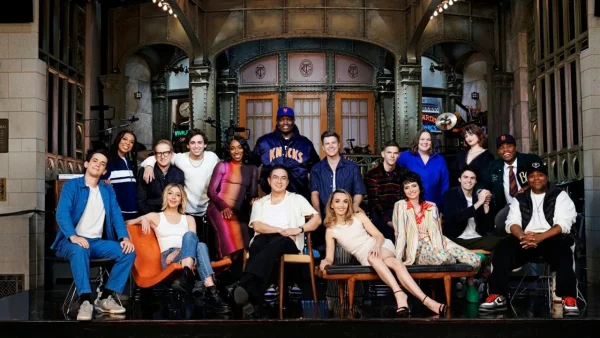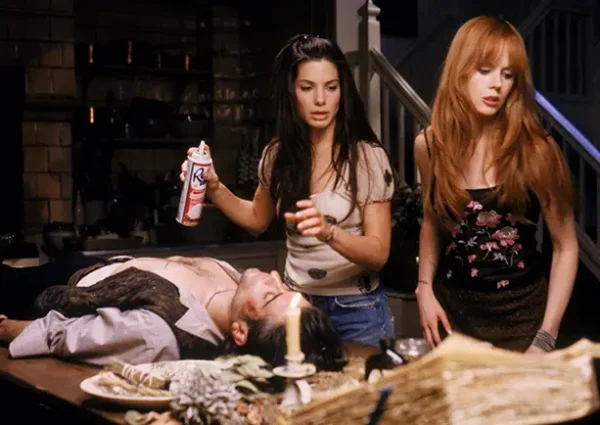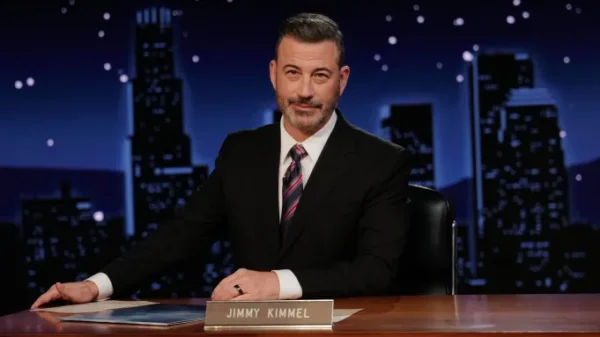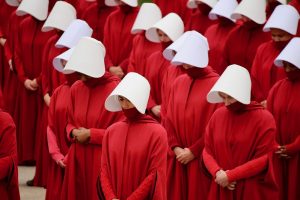‘Don’t Worry Darling’ leaves viewers disappointed
September 24, 2022
While “Don’t Worry Darling” has stunning visuals and beautiful sound design, the rest of the film showcases Florence Pugh shining through a lackluster film that leaves more to be desired.
The film opens with aesthetic production design, blinding viewers with a longing for previous decades and eras. It’s clear from the beginning that the storyline is relying on their star-studded cast, consisting of Pugh, Harry Styles, Chris Pine and Nick Kroll. Olivia Wilde, the director of the film, also acts alongside Kroll as his wife.
Pugh and Styles, who play couple Alice and Jack are married in a seemingly perfect utopia. The viewers know they are in love through the dialogue, but they usually only interact when arguing or being intimate, nothing more than what you’d expect from a typical young adult novel. Things turn sour quickly, as Alice realizes the reality of the world they live in. Chants of “Whose world is it? Ours!” ring throughout the film, repeated again and again as more details become uncovered.
“Don’t Worry Darling” depends on Styles for spectacles, having him dance and sing at various–albeit, unwarranted–times. While the audience was receptive to these moments, they were also against his acting skills, laughing at his artistic choices. Many of those screening this piece were fans of Styles but recognized his lack of experience in the field. The attractions appeared to be bait for the audience, who came to the theater for Styles and stayed for Pugh.
Kenzie Boudreau, a senior at the University, said, “I think Harry bit off a little more than he could chew when he took on this role. While his overall performance was good, his acting was subpar.” She continued, “It’s very telling that multiple screenings with totally different crowds both laughed at [the] serious parts… it took away from the movie. However, I can’t give enough praise to Florence Pugh!”
Pugh and Pine salvaged what was left of the story, but not for long. They only interacted together in a small number of scenes, which turned out to be the most intriguing parts of the whole piece. This doesn’t come as a surprise, though, as both of them have been received well in previous works.
When science-fiction elements are at the forefront of a story, worldbuilding is key, and in “Don’t Worry Darling,” it’s blatantly missing. The lack of clarification at the beginning of the film lowered the stakes for the rest of the movie while confusing the viewers. For instance, Jack doesn’t have any known motives until the third act of the film, which, in return, leaves the audience in the dust.
White feminism runs rampant in this feature, and it’s quite obvious. The only other characters besides Alice that are looked down upon are people of color, which happen to be Margaret (Kiki Layne), Alice’s old friend, and two children. They’re labeled as “crazy” and “creepy,” and Alice as “delusional.” The glaring differences between the way these characters are treated don’t seem like it’s because of the environment in the story, but rather a reflection of the film itself.
Even though there were many missing pieces to this film, there are some aspects that rose to the occasion. The sound design and foley work were fantastic alongside the cinematography and editing. It was a gorgeous film; a gorgeous film with a forgettable screenplay.
The audience was left with multiple unanswered questions after the screening, with an underdeveloped world and static characters overshadowed by casting decisions and alluring shots. There was potential for “Don’t Worry Darling” to be amazing, but it ended up as a cheap execution of “The Truman Show” and “WandaVision.”

